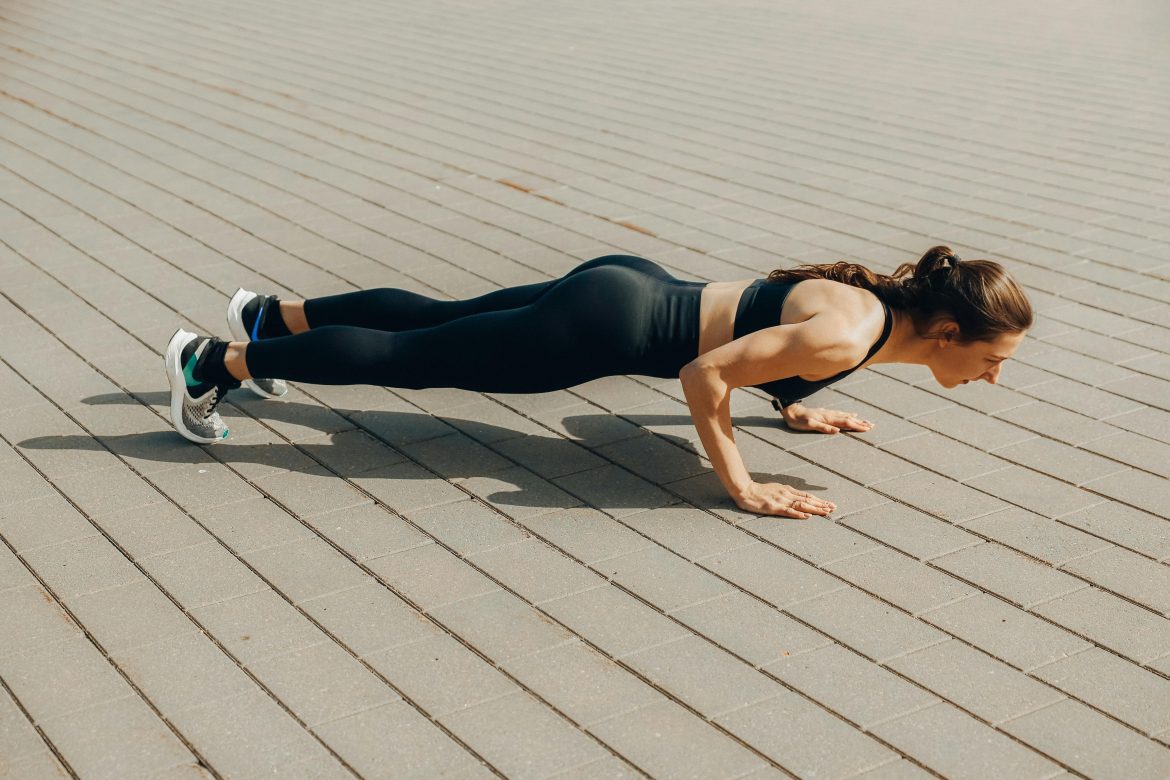Callisthenics is a low-barrier, high-impact form of exercise that uses bodyweight instead of gym machines or dumbbells. It offers a full-body workout that can be tailored to any fitness level, making it an ideal place to start for those new to strength training.
This form of training focuses on functional movement — the type used in everyday life — and builds strength through control, stability, and balance. Best of all, it can be done anywhere with minimal space, making it one of the most accessible fitness routines available.
ALSO SEE: Fasted Cardio: Good or bad for you?
What is callisthenics?
Unlike weight training, callisthenics doesn’t rely on equipment to provide resistance. Instead, the body becomes the tool — using gravity, movement and controlled positions to challenge major muscle groups. It’s commonly used to build lean muscle, improve flexibility, and develop better body awareness.
For beginners, mastering a few key foundational movements is a great place to start. These basics lay the groundwork for more advanced variations in the future, while offering immediate physical benefits such as increased strength, better posture and improved endurance.
The six best callisthenics moves for beginners
Plank
This classic core move builds stability and strengthens the entire trunk. The goal is to hold a straight line from head to heels, bracing the abdominal muscles and squeezing the glutes. Beginners can start on the knees and work towards longer holds.
Try this: Hold for 30 seconds and gradually increase as strength improves.
Press-ups
A fundamental upper-body exercise that targets the chest, shoulders and triceps. Kneeling press-ups are a suitable starting point, focusing on control and elbow alignment. Over time, full press-ups can be introduced.
Try this: Perform 10 to 12 reps with slow, steady movement.
Chin-ups
Challenging but highly effective, chin-ups develop upper body strength, especially in the arms and back. If a full chin-up isn’t achievable yet, use a resistance band or practice controlled negatives.
Try this: Aim for 8 to 10 assisted repetitions.
Lunges
Excellent for lower body strength and balance, lunges engage the quads, hamstrings and glutes. Forward and backward lunges are ideal for beginners, while lateral lunges can be added for variety.
Try this: Complete 10 repetitions on each leg.
Squats
A foundational move in both callisthenics and general fitness. Squats target the lower body, improve mobility, and enhance joint health. Proper form is key — knees should track in line with the toes, and the back should remain neutral.
Try this: Do 10 to 12 controlled repetitions.
Tricep dips
This bodyweight push exercise isolates the muscles at the back of the upper arms. Performed using a bench, low table or sturdy chair, tricep dips help develop upper body pushing strength.
Try this: Perform 8 to 10 reps, keeping the elbows close to the body.
Does callisthenics work?
Callisthenics has been shown to be just as effective as traditional resistance training when it comes to increasing muscular strength, improving coordination and enhancing flexibility. One of the biggest advantages is its focus on functional movement, which translates into better posture, balance and body control.
It also offers cognitive benefits. The mindful control required during each movement increases blood flow to the brain, which can enhance concentration and support mental clarity.
The benefits of starting with bodyweight training
- Low cost and high flexibility: No equipment needed, and workouts can be done anywhere.
- Adaptable for any fitness level: Exercises can be scaled up or down based on ability.
- Time efficient: Just 20 minutes a few times a week can deliver noticeable improvements.
- Full-body engagement: Strengthens multiple muscle groups in a single session.
- Bone and joint support: Helps maintain bone density and joint function as the body ages.
Begin with short, manageable workouts and focus on proper technique over speed or repetition count. As strength increases, more complex movements or longer sessions can be introduced. Progression is essential, whether through more reps, slower tempo or variations of each move.
With regular practice, callisthenics offers a simple, effective way to get stronger, more mobile and better balanced — no weights or gym membership required.
ALSO SEE:
Featured Image: Pexels

